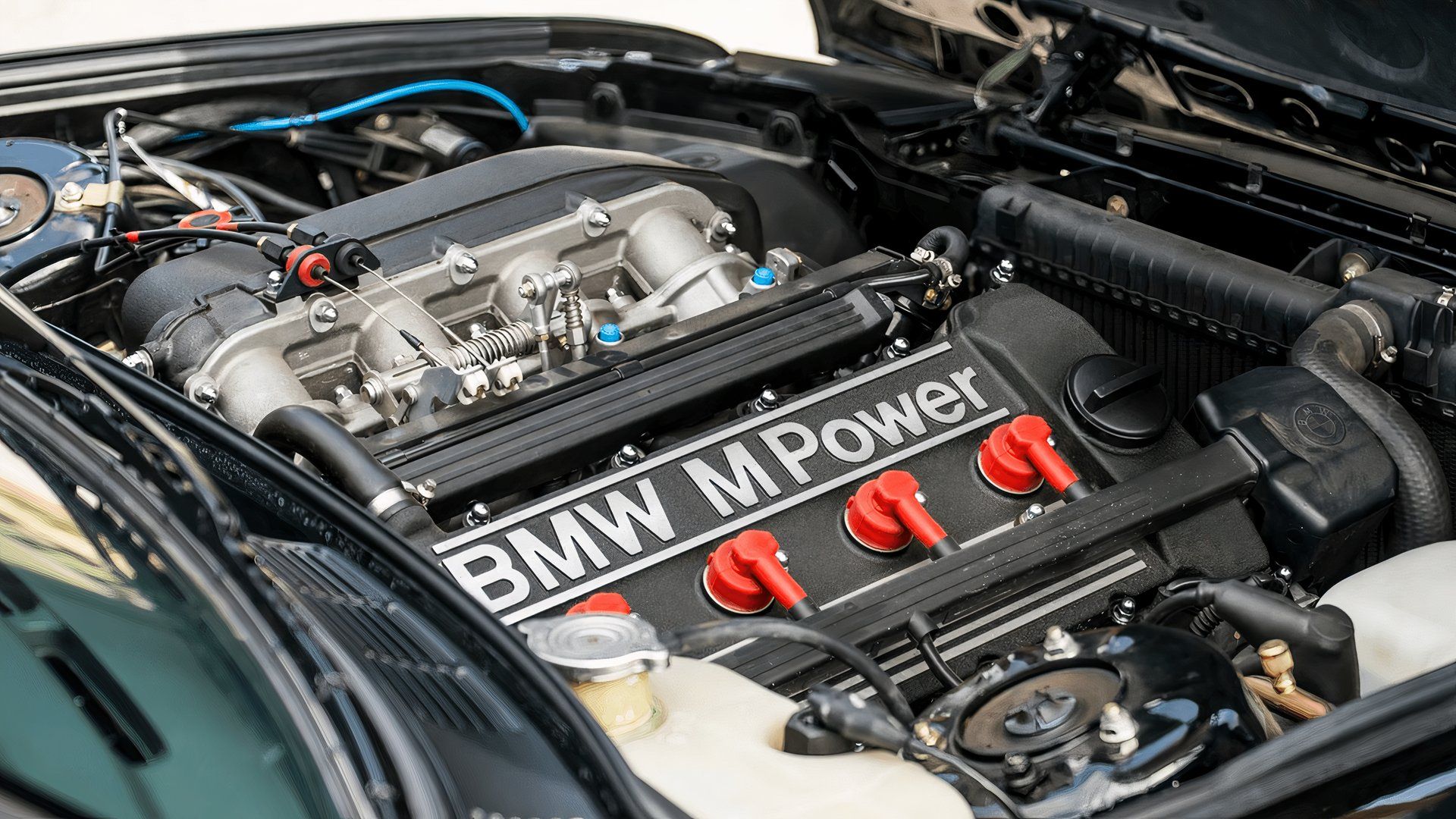Discovering the Evolution of Combustion Engines in Modern Transport Solutions
As we browse the landscape of modern-day transportation, the evolution of combustion engines stands as a testament to human ingenuity and engineering prowess. From their simple beginnings to the sophisticated giants driving cars today, combustion engines have actually gone through an impressive trip of technology and adaptation. Comprehending the intricacies of this evolution not only loses light on the past however likewise leads the way for visualizing what lies in advance in the world of transport technology. The interaction of history, technology, and environmental worries in forming the trajectory of combustion engines develops a story that is both compelling and insightful.
Very Early Beginnings of Combustion Engines
How did the idea of burning engines first arise in the early stages of transport growth? The origins of combustion engines can be traced back to the 17th century when the concepts of interior combustion were first discovered.
The development moment came with the invention of the very first successful gasoline-powered engine by Karl Benz in 1885 - bmw engine. This engine led the method for the advancement of the contemporary car, transforming transportation systems worldwide. Subsequent developments by Nikolaus Otto and Gottlieb Daimler additionally refined combustion engine innovation, causing the automation of cars and the rapid growth of the transport sector
These very early combustion engines were identified by their simpleness and performance, laying the structure for the facility and effective engines used in contemporary transportation systems. The development of combustion engines has contributed in forming the means we take a trip and transport goods, noting a substantial landmark in the history of transportation growth.
Change to Internal Combustion Technology
The transition to inner burning technology noted a crucial shift in the evolution of transport systems. This change began in the late 19th century, with creators like Nikolaus Otto and Gottlieb Daimler establishing the initial successful inner combustion engines. These engines changed transport by using an extra reliable and powerful choice to vapor engines and electric motors.
One of the vital advantages of interior burning engines was their capability to be scaled down to match automobiles, bring about the advancement of bikes and autos. This shift from cumbersome, fixed engines to compact, mobile ones led the way for the contemporary transportation systems we see today.
The shift to interior combustion technology additionally stimulated advancements in gas technology, resulting in the growth of gasoline and diesel as main fuel sources for lorries. This change not just made transport much more available to the masses however likewise laid the foundation for the oil and gas market to end up being essential to international economic situations.
Effect of Combustion Engines on Transport
The fostering of burning engines in transportation systems militarized a profound shift in the efficiency and speed of international flexibility. Burning engines reinvented transportation by providing a trusted and functional resource of power for different vehicles, consisting of automobiles, planes, ships, and trucks. This technology substantially enhanced the capability for goods and individuals to conform long ranges in shorter time frames, bring about raised connectivity between regions and countries.
In addition, the prevalent usage of combustion engines has actually had a substantial impact Going Here on financial advancement. The ability to deliver goods effectively has actually stimulated profession and business, allowing companies more info here to expand their markets and reach customers worldwide. This has facilitated economic development and globalization, as products can now be delivered much faster and in bigger amounts than ever in the past.
However, the ecological influence of combustion engines can not be overlooked. The combustion of fossil fuels has led to air contamination and greenhouse gas exhausts, adding to climate modification and presenting wellness threats to populaces. bmw engine. As a result, there is an expanding emphasis on establishing alternative propulsion innovations to minimize these negative impacts and create a much more sustainable future for transportation
Advancements in Burning Engine Style
One noteworthy innovation is the development of turbocharged engines, which utilize exhaust gases to drive a turbine that compresses inbound air, permitting for more fuel to be scorched, resulting in raised power output without a significant increase in engine size. Variable shutoff timing systems have also reinvented engine style by maximizing airflow at various engine speeds, enhancing both power and efficiency. These developments jointly contribute to the constant renovation of combustion engines in contemporary transport systems.
Future Patterns in Burning Engine Advancement
With technology improvements driving continuous technology, the future of combustion engine development is poised to revolutionize transport systems globally. One of the essential trends in combustion engine development is the press towards greater performance and decreased emissions.
An additional popular fad is the adoption of crossbreed modern technologies in burning engines. Hybrid engines incorporate traditional burning innovation with electrical power, using enhanced gas performance and lower emissions. As the vehicle market shifts in the direction of electrification, crossbreed combustion engines are seen as a transitional solution that links the gap in between conventional cars and completely electrical ones.
In addition, the assimilation of smart technologies, such as expert system and information analytics, is anticipated to play a considerable function in the future of burning engine growth. These modern technologies can enhance engine performance in real-time, causing more effective combustion processes and enhanced overall vehicle performance. Embracing these future trends will certainly not just drive technology in burning engine advancement however likewise add to a more eco pleasant and lasting transportation environment.

Final Thought
In conclusion, the evolution of burning engines in contemporary weblink transportation systems has actually been noted by considerable developments in modern technology and layout. From the early beginnings of burning engines to the shift to internal burning innovation, these engines have had an extensive impact on transport.
The origins of combustion engines can be mapped back to the 17th century when the principles of inner burning were first discovered. These engines reinvented transportation by supplying a much more efficient and effective alternative to vapor engines and electric motors.
